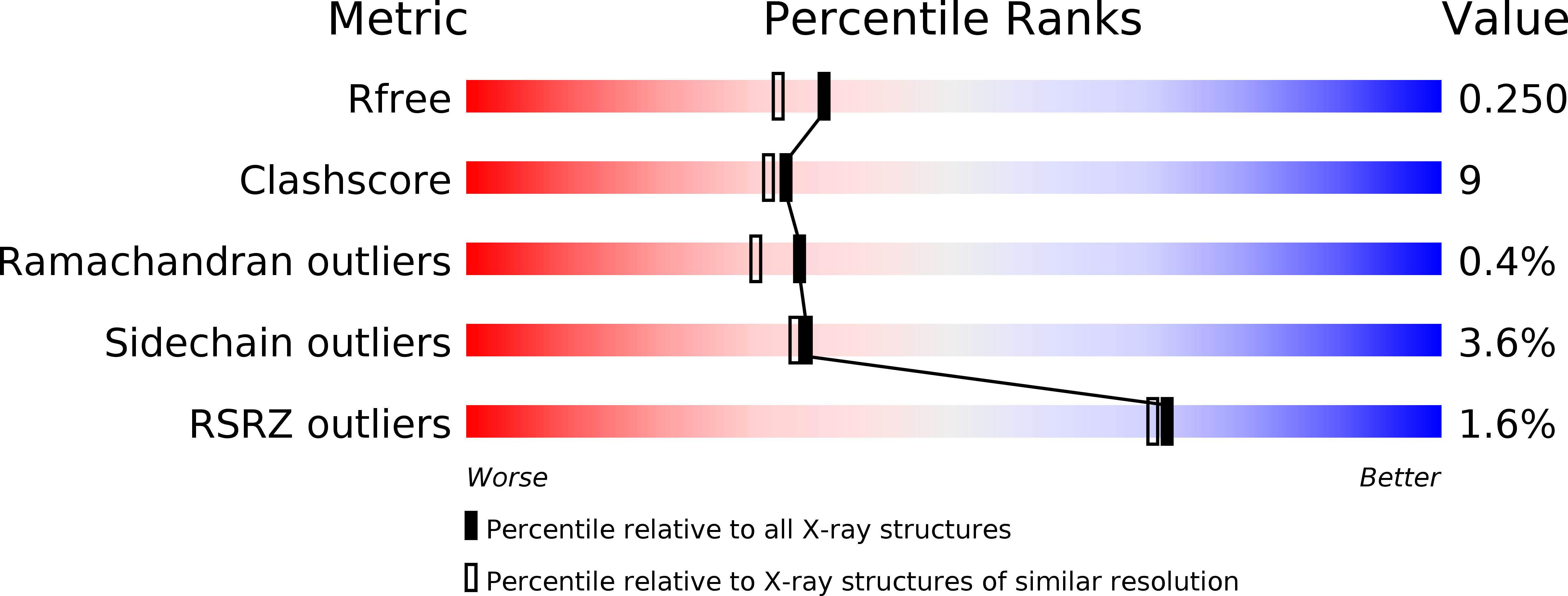
Deposition Date
2009-01-29
Release Date
2009-03-31
Last Version Date
2023-11-01
Entry Detail
PDB ID:
3G0Z
Keywords:
Title:
Structure of S. pombe Pop2p - Zn2+ and Mn2+ bound form
Biological Source:
Source Organism:
Schizosaccharomyces pombe (Taxon ID: 4896)
Host Organism:
Method Details:
Experimental Method:
Resolution:
2.00 Å
R-Value Free:
0.24
R-Value Work:
0.20
R-Value Observed:
0.20
Space Group:
P 21 21 21


